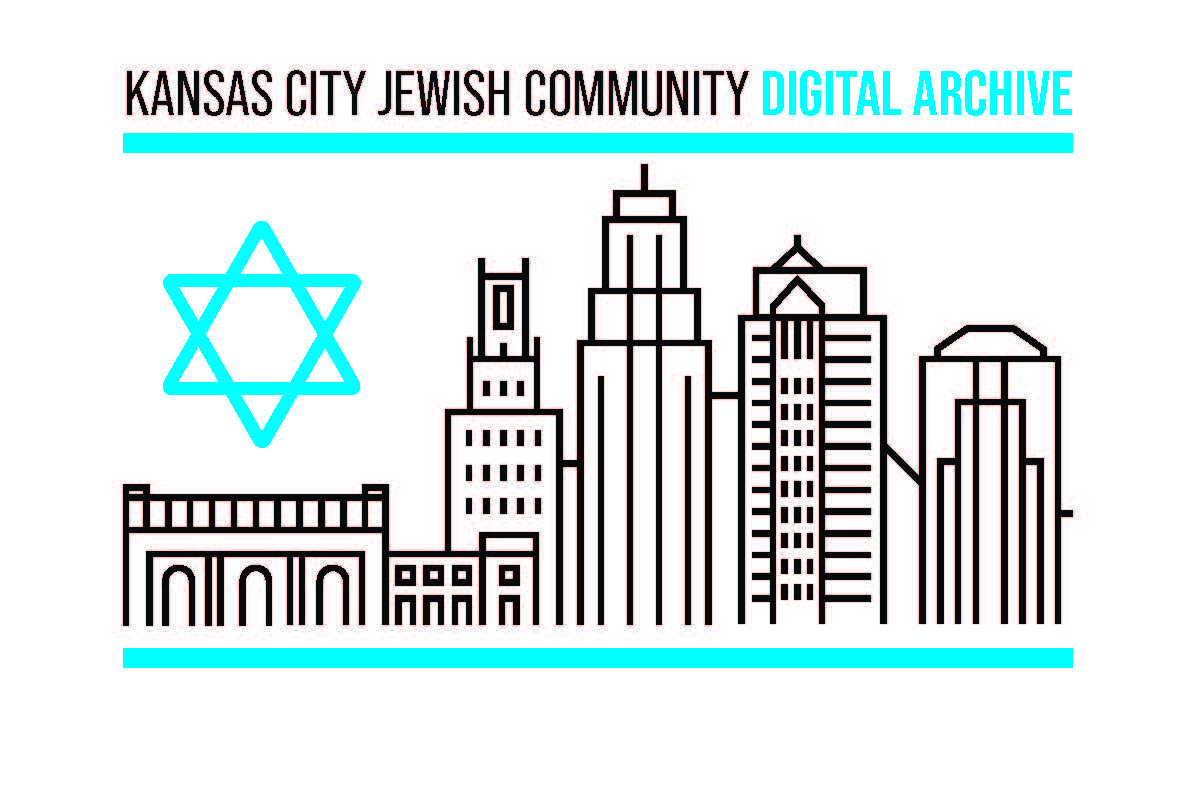The Kansas City Jewish Community Digital Archive, jewishkcarchives.org/, is launching with digital issues of The Kansas City Jewish Chronicle’s entire back catalog, plus local history video interviews — and it’s looking to the community to help it grow more.
Powered by work from Andrew Kaplan, Alan Edelman and Norman Kahn, its first phase was building the web interface so people could access materials, as well as making old microfilm copies of The Chronicle digital and searchable by keyword and issue. That required a partnership with BMI Imaging Systems in Sacramento to get the technical side of the optical character recognition done.
“If you were doing research and you wanted to know what was going on as it relates to Chaim Weitzman, you can get to that very quickly and look at specific information as to what was going on right then at the time [in Kansas City],” Kaplan said.
With the keyword search, it’s easy to find anyone by name in old copies of The Chronicle. Anything that was already stored in digital, searchable form was much easier to include.
The Chronicle “was the best, most accurate, most available source of information that covered the community,” Kaplan said.
Added to that package is video interviews of locals conducted by Sybil Kahn over a number of years. Hosted on YouTube, they are also currently linked in the archive.
Kaplan, Edelman and Kahn raised approximately $50,000 for the first phase of the project.
For the archive’s second phase, moving forward from now, Kaplan, Edelman and Kahn want congregations and Jewish agencies to take a dive into their own records and see what documents they can contribute.
“Five years ago, the Jewish Community Center celebrated its 100-year anniversary. It found all this content it had, we celebrated for a year, and then all that content went back into the closet,” Kaplan said. “We’re going to go to all congregations and agencies and say[ing], ‘We want you to create your own archive.’”
This way, content — such as the things compiled for the JCC’s centennial — remains easily available to everyone. Edelman envisions these archives including information about rabbis, staff, bulletins, programs, bylaws and even minutes from meetings.
“They may or may not choose to share some things like minutes from meetings, but an archive is supposed to have as much information about the history and the life of whatever it is they’re collecting,” Edelman said.
Each congregation or agency would be responsible for funding the digitization of its contributions, and it would have control over what items go in its sections. Each would also be able to remove its own items at its leadership’s discretion. The archive team would help with fundraising for anyone who needs it to support this process.
For more recent items that are already digital, the process will be less onerous. Kaplan said they can help congregations arrange to have new digital bulletins directly feed into the archive in the same way that new issues of The Chronicle do.
“Priority one [was] to launch the site,” Kaplan said. “We’re hoping [congregations and agencies] create a committee to say, ‘What do we want to save or keep for posterity?’ We’re looking to them to help us build this. More minds are better.”
The archives are not just for the large organizations of the community; papers and photos from any individual can be historically relevant.
“You don’t have to be a mover and a shaker. Somebody’s picture in a garage might have somebody who was a mover and a shaker in it… and it would pop up [in the archive],” Edelman said.
As older members of the community downsize, their families are finding papers, photos and other mementos while clearing out their homes. One question Kaplan hears a lot is, “I’ve got all this stuff; what do I do with it?”
The original archive, started in the 1960s in paper form, is housed at the State Historical Society of Missouri at the University of Missouri-Kansas City. It will continue to use its staff’s expertise to determine what donated items are relevant to the archive.
The Historical Society currently has approximately 1,000 cubic feet of boxes of previously-collected material, and the organization hopes to hire someone later this year to start sorting through it and digitizing it for the digital archive. This part of the project has been delayed due to university funding shortages caused by the pandemic.
Although exactly how the second-phase contributions will be displayed on the site isn’t yet determined, Kaplan said he’s thinking of it like a filing cabinet, with folders for photos, newsletters and other materials.
“We’re standing on the shoulders of those that came before,” Kaplan said. “The real work was done by all of the group of individuals that founded the Jewish Community Archive, and they just didn’t have the technology to bring it to bear. All we’re doing is taking what they created, what they contemplated, what they collected, and we’re bringing that to life.”
By Beth Lipoff, Contributing Writer



